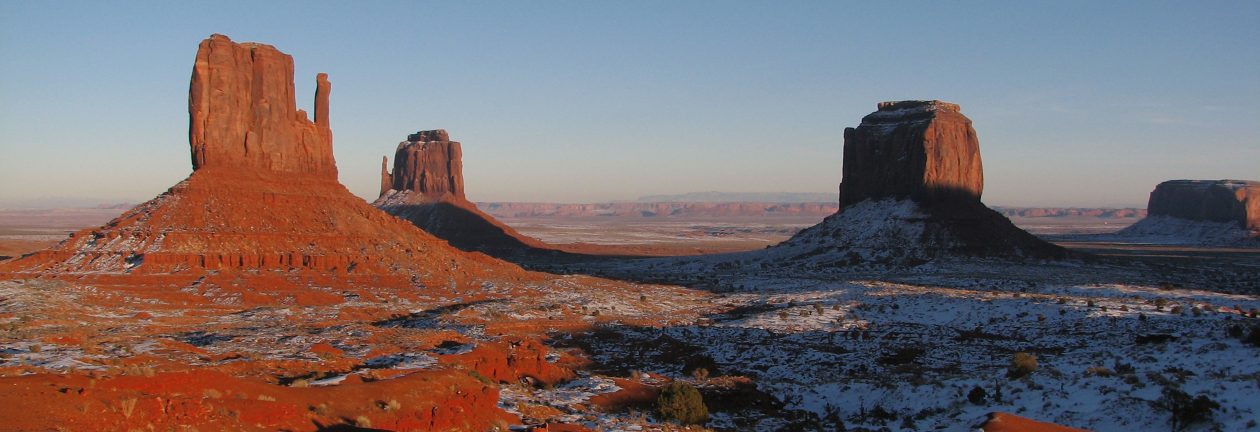Athens, Greece

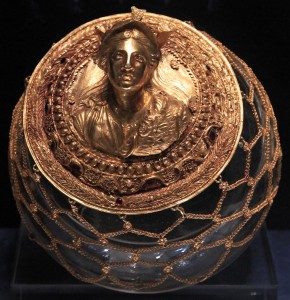
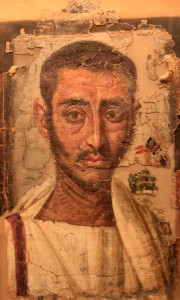
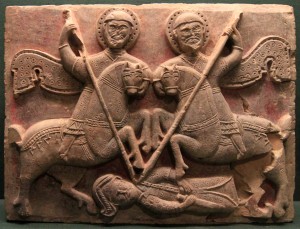
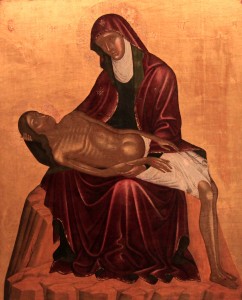
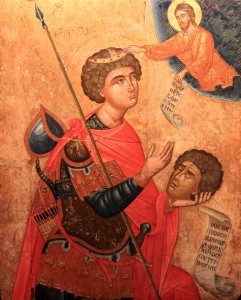
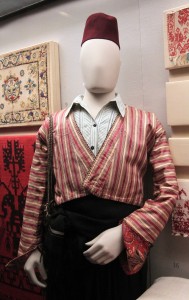
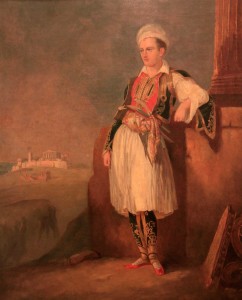
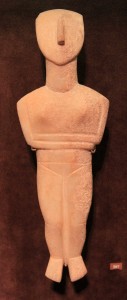
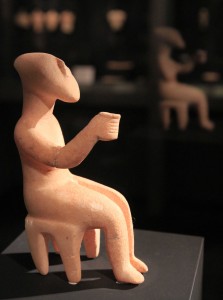
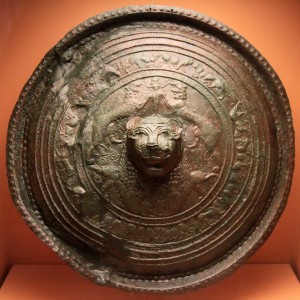
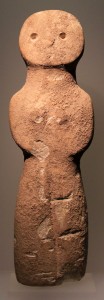
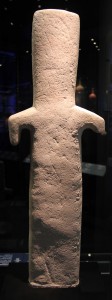
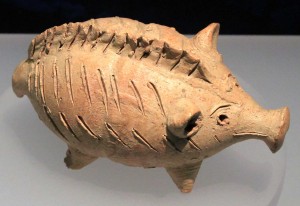
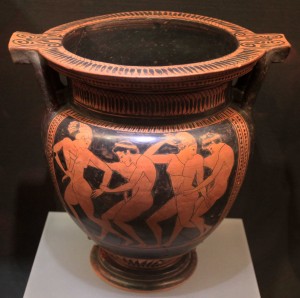
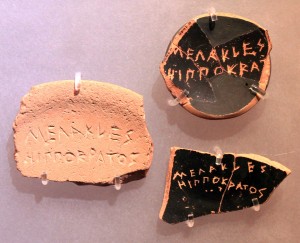
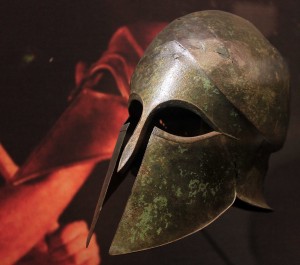
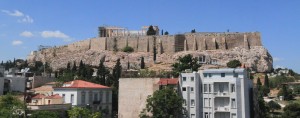
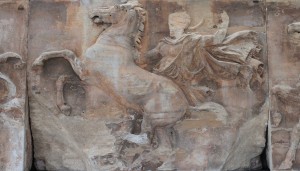
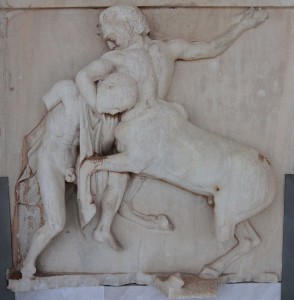
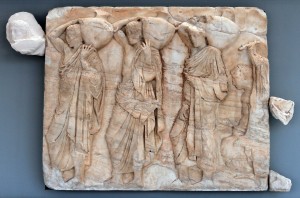
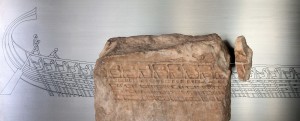
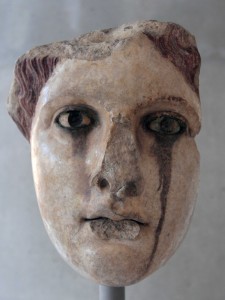
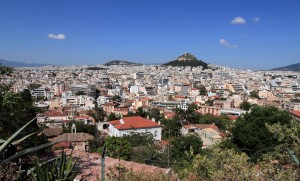
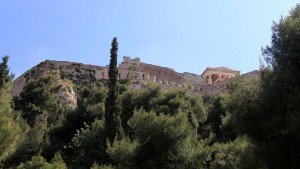
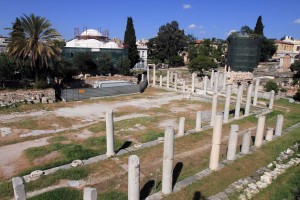
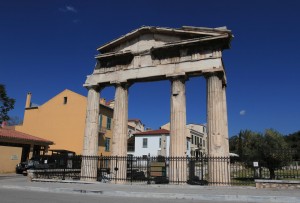
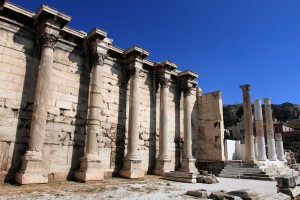
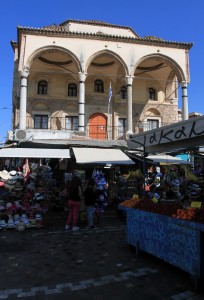
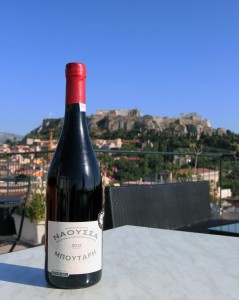
I woke up today at 08:00, showered, dressed, grabbed my camera, and exited the hostel. I then walked to the Benaki Museum, which was established in 1930 AD by Antonis Benakis in memory of his father. I reached the museum just after it had opened at 09:00, bought my ticket, and began looking at their collection of artifacts. Inside they had a massive collection of prehistoric, Greek, Roman, Byzantine, Neo-Hellenic, and Lord Byron art and historic objects. There were also many traditional clothes and items on display. After wandering around that museum, I walked to the nearby (two-blocks away) Cycladic Art Museum, which had a temporary exhibit on health and medicine in antiquity (there were ancient surgical instruments, paintings, remedies, and even two skulls with incisions made to the bone). I then walked up the stairs and visited the exhibitions of Cycladic art, remnants leftover from the Cycladic civilization that existed on the Aegean Islands between 3300 and 2000 BC. There were also many objects from Ancient Greek times and an exhibition on the fourth floor showing how people lived back then. After visiting this museum, I walked to where the National Art Gallery should have been, only to discover that they were heavily renovating the place and that the gallery’s possessions had temporarily been moved to another building in the northeast for the time being, which was too far away for me to want to walk to. So, I then walked to the New Acropolis Museum, which had many artifacts from archaic and Greek times; there were also many statues and friezes from the Parthenon on the top floor. Overall, this was a great museum and very nicely laid out with many important pieces on display. After visiting this museum, I walked to the Roman Agora Archaeological Site, but it had closed at 15:00 (it was now around 15:30); I then walked to Hadrian’s Library next to Monastiraki Square, but it too had closed for the day at 15:00. I then figured it was too late to see any more sites, so I walked to Monastiraki Metro Station, took the metro train to Larissa Railway Station, and bought my tickets to Patra for the next day, at 18:00. I then returned to Monastiraki Square via the metro train and stopped at a market to buy a bottle of Greek wine and almonds. Next, I walked to a gyro place nearby and bought a chicken gyro to take back with me to the hostel. Once back at hostel, I went up to the rooftop terrace and ate my gyro while viewing the Acropolis. After eating, I returned to my room where I went through all the photographs I had taken. I then drank the bottle of Greek dry red wine made from Xinomavro grapes (an indigenous grape variety) that I had bought earlier; it tasted earthy, spicy, plumy, and raspberriey. During this time, I had sent an email to the Londoner I had met in Belgrade, hoping to maybe meet up at night; I was actively checking my emails and he had replied that he might go out, but wasn’t sure where; although he would email me if he found out. After I had finished the bottle and was just starting to type today’s journal entry, the man from Mexico (whom was also staying in the dorm room) came in and asked if I wanted to join him up at the rooftop bar; I agreed to and packed away all my stuff. I then went upstairs and joined the Mexican and an American man at a table where we talked and drank some beers. Later on, when it became evident that I would not meet up with the Londoner at all this night, I decided to get some more food; so the Mexican, who was also hungry, joined me and we walked to the gyro place nearby and I bought a chicken gyro there. We then returned to the rooftop terrace, ate our food, and drank our beers. Later on, I joined the crowd at the bar and started playing “Never have I ever . . .” with the Albanian bartendress, an Albanian couple, and a Dutch couple. The game got a little raunchy and we drank quite a bit. The Dutch woman (who was noticeably drunk earlier when she had danced on top of a table and fallen down) spilled her glass of red wine, breaking the glass and staining my clothes. I told her not to worry about it and to keep playing the game, which we did in to the late, late hours. Eventually the Dutch couple and then the Albanian couple went off to bed. Then, another American showed up, having returned from the clubs and we talked for a while with the bartendress (about films mostly, from what I can remember). At this point, it was around 06:00 and the sun was coming up. The American went to bed and I helped the bartendress close the place down. She then gave me a glass of white wine as compensation (which tasted like lychee, coconut, and lemon – I did have a glass of this earlier in the night and it tasted quite pleasant). She then laid down to nap on the rooftop terrace and I stayed up with her until I too fell asleep up on the rooftop (with the blanket I had brought from my room – it was cold up there). I woke up at 09:30 and left to use the W.C. When I returned, the bartendress was up and was leaving to go back to her place. I said goodbye and returned to my room to sleep until 10:30 in order to checkout by 11:00 – of course this didn’t happen, I slept right through my alarms.
